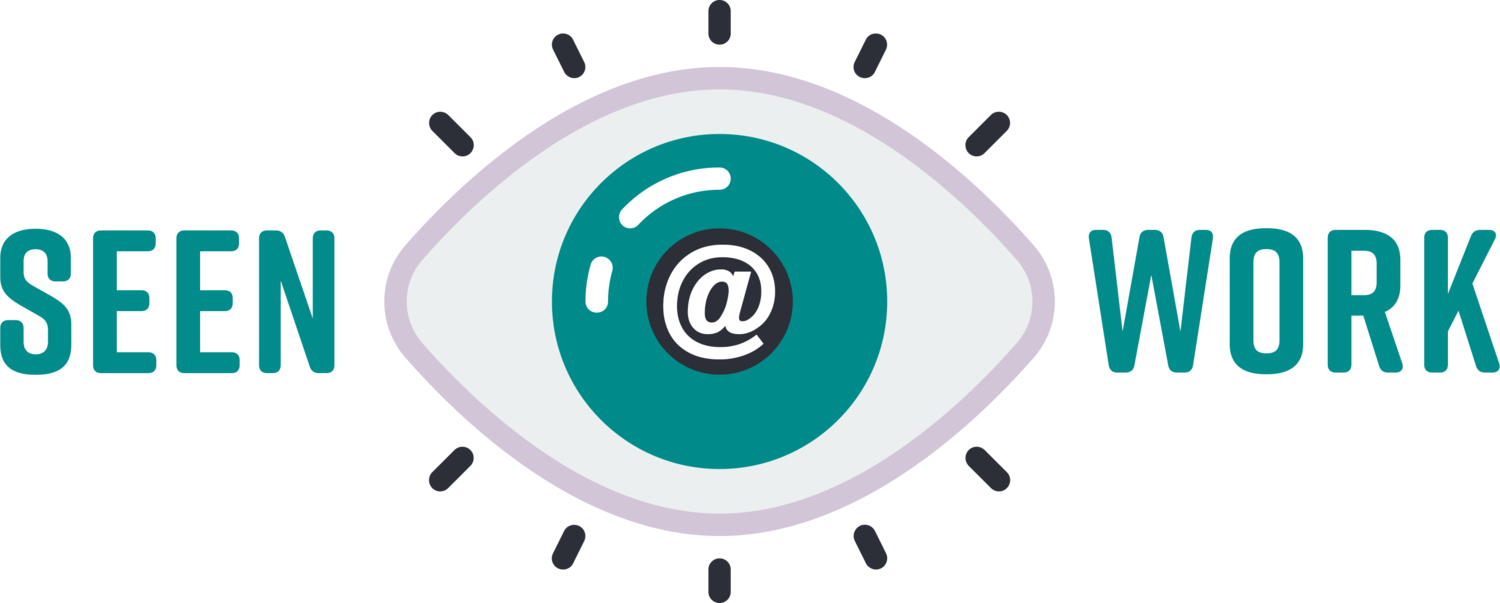Employee Resource Groups: How to Unlock the Full Potential of ERGs
Employee Resource Groups, or ERGs, are a familiar feature of diversity, equity, and inclusion (DEI) work. ERGs (sometimes called Affinity Groups or Business Resource Groups) represent employees with a shared identity, affiliation, or interest. They offer a sense of community to members as well as a platform to advance DEI efforts within an organization.
The most common ERGs include associations for women, employees of a particular race or ethnicity, and LGBTQIA+ employees. But ERGs are also emerging to represent people with disabilities, veterans, working parents, generational groups, and other shared dimensions of identity and experience. According to Mercer research, 90% of Fortune 500 companies have ERGs.
And yet, many companies are not realizing the full potential of their ERGs, either because they are unaware of the many benefits or because they are providing insufficient resources and support. Seen@Work has experience building and sustaining ERGs, recognizing the full range of benefits and how to unlock them.
The Many Benefits of ERGs
ERGs benefit both individuals and organizations. A sense of community at work is invaluable for people with underrepresented identities, and ERGs provide a space to build feelings of belonging among people with similar experiences. These communities also help companies recruit top talent, as 76% of job seekers consider a company’s DEI efforts when evaluating prospective employers. There are still other benefits to ERGs that are often overlooked, including professional development and business development.
Professional development. Affinity bias leads people to gravitate toward others similar to them, which means leaders are likely to select protégés of the same background or identity. Since women and people of color are underrepresented among leadership, this leaves 45% of Black and Latinx women without access to a professional mentor. The same can be said for employees of any marginalized identity, which is why deliberate effort must be made to support the professional development of underrepresented talent. ERGs can help accomplish this by organizing mentorship and sponsorship programs for members, like the one launched by the Women of Mattel ERG, and by giving employees a chance to hone their leadership skills by spearheading initiatives for the ERG. Companies should endorse the professional development programming hosted through ERGs and can leverage these groups to develop and retain future leaders.
Business development. Surprisingly, only 20-60% of companies leverage ERGs in various aspects of business development, compared to over 90% that rely on ERGs for internal community-building. This is a missed opportunity, as ERGs can connect with new customer segments, contribute innovative revenue-generating ideas, and provide insight to improve business outcomes. HSBC’s Asian Pacific Islander ERG hosts financial literacy events for the AAPI community which in turn broadens the bank’s customer base. In addition to the pivotal role they play in DEI, ERGs can also contribute directly to the business, and companies should pay special attention to recognizing these contributions.
Build Community -
Retain and Engage Your Employees
Check out Seen@Work’s signature Circle Program.
Schedule a Consultation today.
How to Unlock These Benefits
To survive and to thrive, ERGs need a clear governance structure, dedicated members, and ample organizational support. This means sufficient budget to carry out high-impact programs, and it also means recognition from company leaders. Keep in mind that employees who lead ERGs are typically volunteering their time to go above and beyond their job description and enhance company culture. Acknowledging their contributions is essential, and can be accomplished in various ways. For example:
Establish a clear line of communication between ERGs and the C-suite. Given all that ERGs can do for a company, it benefits everyone when ERGs and top leadership are collaborating closely. Each ERG should have an Executive Sponsor – a senior leader who advises the group, advocates for them at the highest levels of the company, and liaises between the ERG and the C-suite.
Make sure company leaders endorse ERG initiatives and attend ERG events. It sounds simple enough, but showing up to an event or participating in a program demonstrates to ERG members that their work is meaningful. ERGs are most successful when DEI is a company-wide priority, and leaders signal priorities with how they spend their time. Leaders should make time to participate actively in ERG initiatives.
Share company-wide announcements about ERG happenings and achievements. All employees should hear about the important work ERGs do, because it benefits the entire organization. Celebrating ERGs broadly is a good way to recognize the time and energy of volunteers, and to make sure they know that their contributions are valued.
In addition, companies should establish a means of compensating ERG leaders directly. Access to professional development opportunities can serve as a form of compensation for individuals volunteering their time to lead an ERG. For instance, a company might organize an internal leadership summit for all ERG leads. For companies that can allocate funds, financial compensation in the form of an end-of-year “responsibility bonus” is also something to consider. As companies move to adopt DEI metrics into performance reviews, we are likely to see “responsibility bonuses” become more common.
We elaborate on these and other best practices to effectively support ERGs in our Seen@Work course, “All About ERGs.” The 90-minute online course walks through strategies in more detail, emphasizing ways to maximize the impact of ERGs and set them up for long-term success.
For even more content on ERGs, check out our recent podcast episode featuring Lydia Smith, Director of Diversity & Inclusion at Kohl’s. Listen for her expert take on effectively supporting ERGs with a budget that matches each group’s goals and an explicit tie to business development.
Need to Train Your Employee Resource Group Leaders? Consider Bringing Seen@Work to Your Org.
Click the Image and Schedule a Consultation today.


